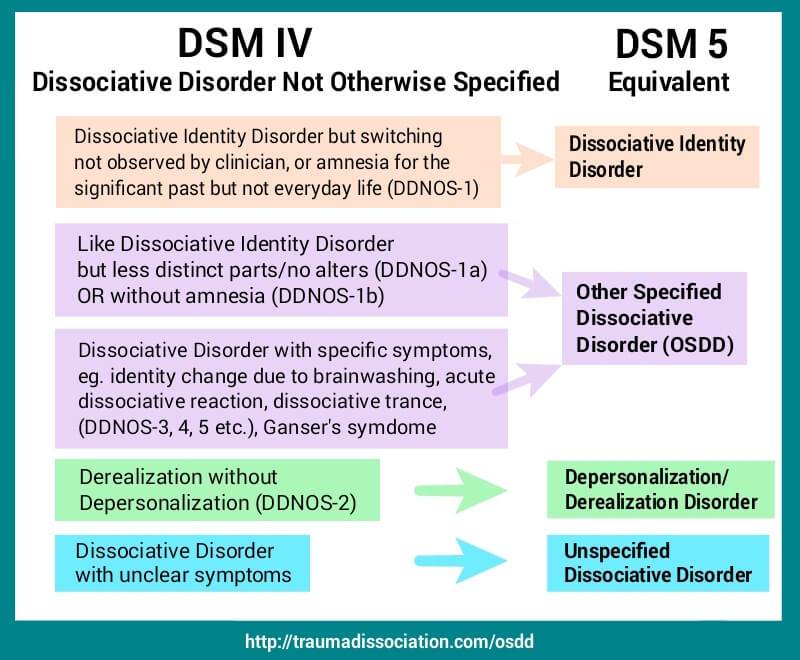
These stories may rely heavily on physical findings and laboratory tests, such as a sprained ankle or a fractured tibia. Balaban, in Neurosensory Disorders in Mild Traumatic Brain Injury, 2019 The Implicit Story Structure of Medical Diagnosisīy their very nature, medical diagnoses can be considered as stories that describe predisposing factors, etiologies, symptoms, signs and prognoses. It is preferable to use these terms (HFpEF and HFrEF) over preserved or reduced systolic function. It can range from patients with normal LV size and preserved ejection fraction to those with severe dilatation or reduced ejection fraction.Įjection fraction (EF) is an important indicator in the classification of patients with heart failure those who have heart failure with preserved ejection fraction are classified as heart failure with preserved ejection fraction (HFpEF), and those with reduced ejection fraction as heart failure with reduced ejection fraction (HFrEF). Heart failure may also be associated with a broad spectrum of left ventricular (LV) functional abnormalities. The clinical syndrome of heart failure may result from disorders of the pericardium, myocardium, endocardium, and heart valves. Because not all patients have volume overload at the time of initial or subsequent evaluation, the term “heart failure” is preferred over the older term “congestive heart failure.” 4 In patients with heart failure, his/her blood flow out of the heart becomes slowing, blood returning to the heart through the veins backs up, causing congestion in the body’s tissues. 2,3Ĭongestive heart failure is a type of heart failure and is the most severe clinical manifestation of heart failure. Table 2.1 shows the ICD-9-CM and ICD-10-CM for heart failure. It is a broad term in patients with the disorder. International Classification of Diseases, Tenth Revision, Clinical Modification ( ICD-10-CM) codes heart failure as I50.1–I50.9, and ICD-9-CM as 428.0–428.0. ICD-10-CM R41.1 is grouped within Diagnostic Related Group(s) (MS-DRG v39.Longjian Liu MD, PHD, MSC (LSHTM), FAHA, in Heart Failure: Epidemiology and Research Methods, 2018 Heart failure versus congestive heart failure

8, are generally provided for other relevant symptoms that cannot be allocated elsewhere in the classification.

The Alphabetical Index should be consulted to determine which symptoms and signs are to be allocated here and which to other chapters. Practically all categories in the chapter could be designated 'not otherwise specified', 'unknown etiology' or 'transient'. In general, categories in this chapter include the less well-defined conditions and symptoms that, without the necessary study of the case to establish a final diagnosis, point perhaps equally to two or more diseases or to two or more systems of the body. Signs and symptoms that point rather definitely to a given diagnosis have been assigned to a category in other chapters of the classification.This chapter includes symptoms, signs, abnormal results of clinical or other investigative procedures, and ill-defined conditions regarding which no diagnosis classifiable elsewhere is recorded.


 0 kommentar(er)
0 kommentar(er)
